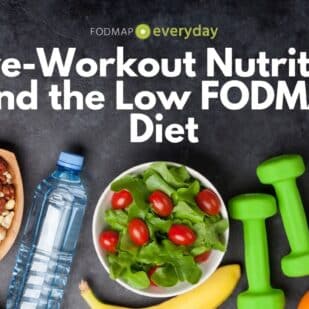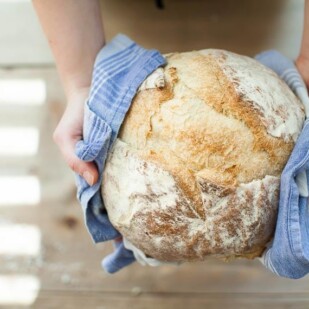Regular exercise is a good for us all, but only if we do it right. And recovering after exercise should be considered part of your exercise regime. What does this mean? That is what this article is about: what exercise recovery is, what exercise recovery tools are, and what approach to take.
What Is Exercise Recovery?
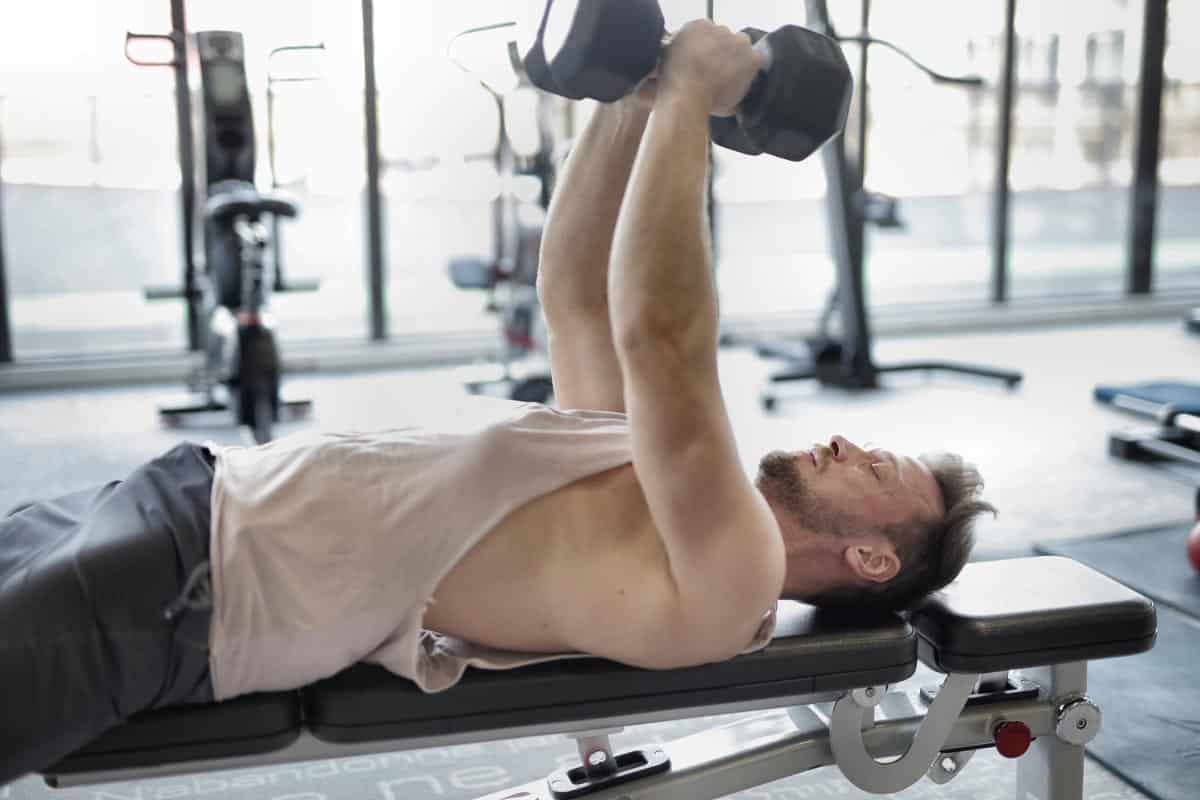
Exercise recovery is the process of restoring your body to its optimal state after a workout.
It involves repairing muscle damage, replenishing energy stores, reducing inflammation, and restoring hydration and electrolyte balance.
Exercise recovery can help you prevent injuries, improve your performance, and enhance your well-being.
Exercise Recovery Tools
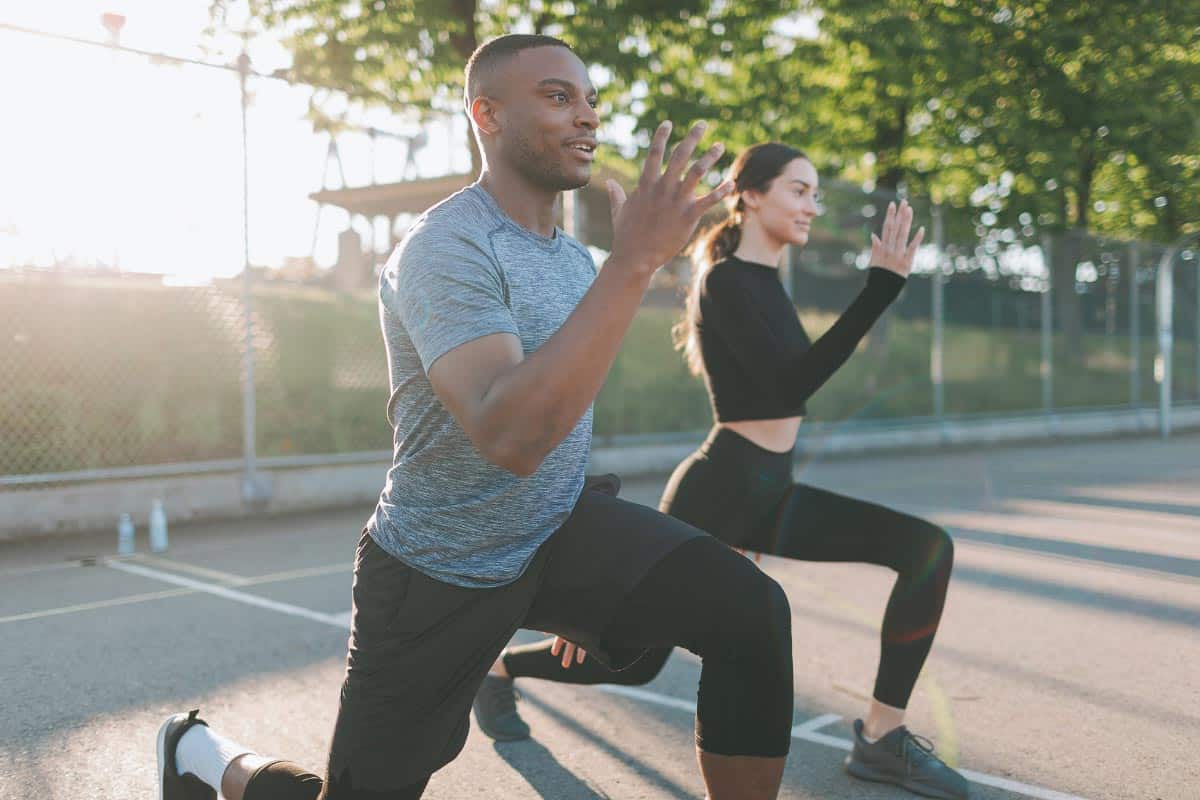
There are tools that can help with exercise recovery. Tools? Yes! Recovery tools are devices or products that can help you speed up or enhance your recovery process.
They can provide various benefits, such as:
- Relieving muscle pain and soreness.
- Reducing tightness and stiffness.
- Boosting blood flow and oxygen delivery.
- Improving mobility and range of motion.
- Stimulating the nervous system and relaxing the mind.
Examples of Recovery Tools
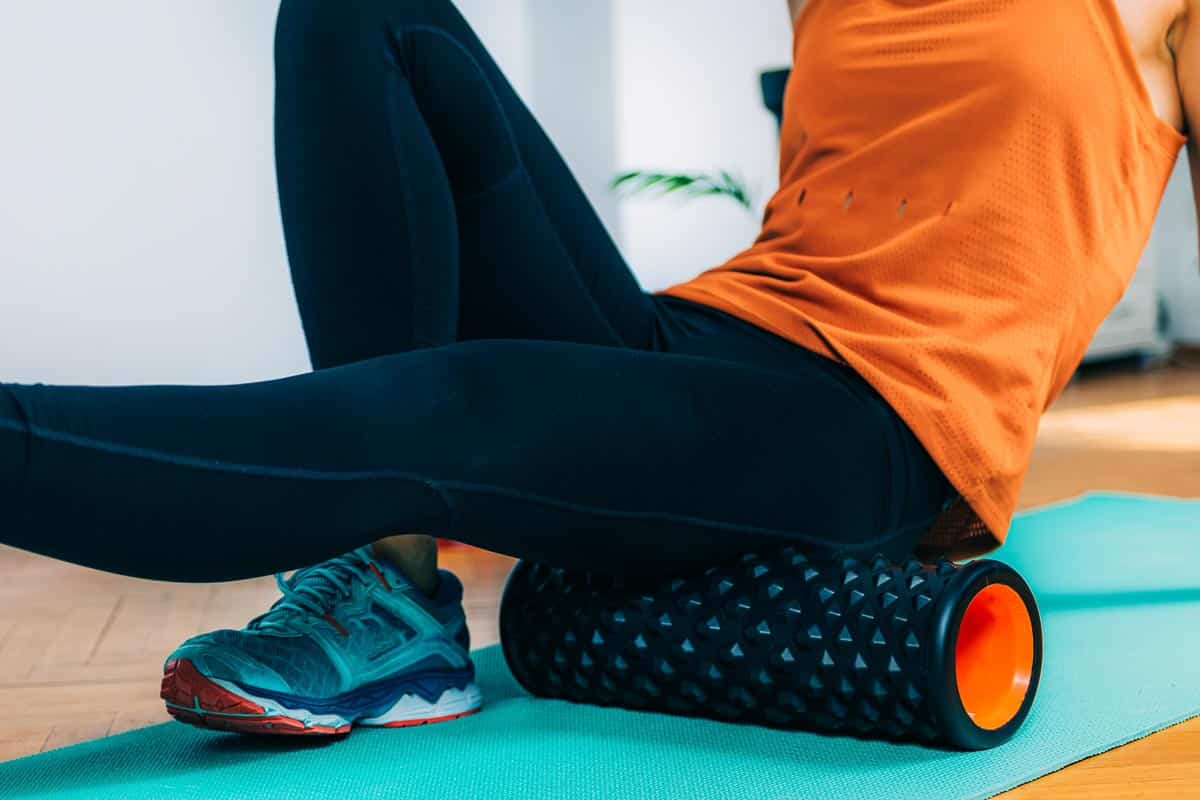
There are many types of recovery tools available, depending on your needs, preferences, and budget. Some common examples are:
- Massage guns: handheld devices that deliver rapid pulses of pressure to target specific muscle groups.
- Foam rollers: cylindrical objects that you roll over your muscles to apply pressure and release tension.
- Epsom salts: mineral salts that you dissolve in warm water and soak in to relax your muscles and ease inflammation.
- Compression socks: snug-fitting socks that apply gentle pressure to your legs to improve blood circulation and reduce swelling.
- Topical pain relief: creams, gels, or liquids that contain menthol or other ingredients that create a cooling or warming sensation on your skin to soothe sore muscles.
The Best Way To Use Recovery Tools
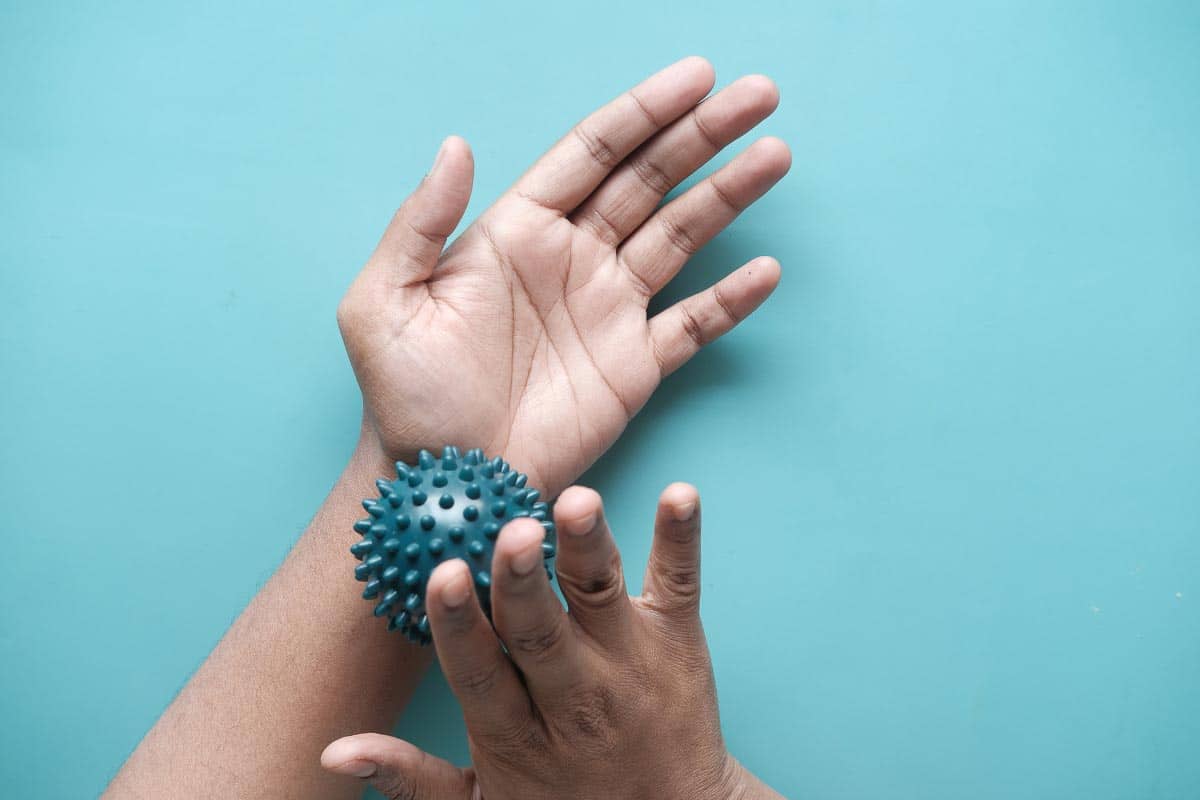
To get the most out of your recovery tools, follow these tips:
- Use them regularly and consistently, especially after intense or prolonged workouts.
- Start with gentle pressure and gradually increase the intensity as your muscles adapt.
- Focus on the areas that are most sore or tight, but don’t neglect the rest of your body.
- Spend at least 10 minutes per session using your recovery tool of choice.
- Combine different recovery tools for a comprehensive approach.
- Listen to your body and stop if you feel any pain or discomfort.
Buying Recovery Tools

Where to find recovery tools? These days it is easier than ever.
For topical gels, creams, and Epsom salts, look to your local drugstore or big box store, and of course online.
Check stores that sell fitness equipment and health products for items like foam rollers.
You can also use some household items as recovery tools, such as tennis balls, water bottles, towels, or ice packs.
It is always a wise idea to consult a professional therapist or trainer for guidance on which recovery tools to buy, and how to use them safely and effectively.
The Takeaway

How you recover from exercise is an important part of the exercise you do in the first place! Don’t overlook it.
- Exercise recovery is an essential part of any fitness routine that can help you prevent injuries, improve performance, and enhance well-being.
- Recovery tools are devices or products that can help you speed up or enhance your recovery process by relieving muscle pain, reducing tightness, boosting blood flow, improving mobility, and stimulating the nervous system.
- There are many types of recovery tools available, such as massage guns, foam rollers, Epsom salts, compression socks, and topical pain relief.
- To use recovery tools effectively, use them regularly and consistently, start with gentle pressure and gradually increase the intensity, focus on the sore or tight areas, spend at least 10 minutes per session, combine different recovery tools, and listen to your body.
- Always listen to your own medical team and trainer, and/or physical therapist about what is best for you.
Pre-Workout Nutrition and the Low FODMAP Diet
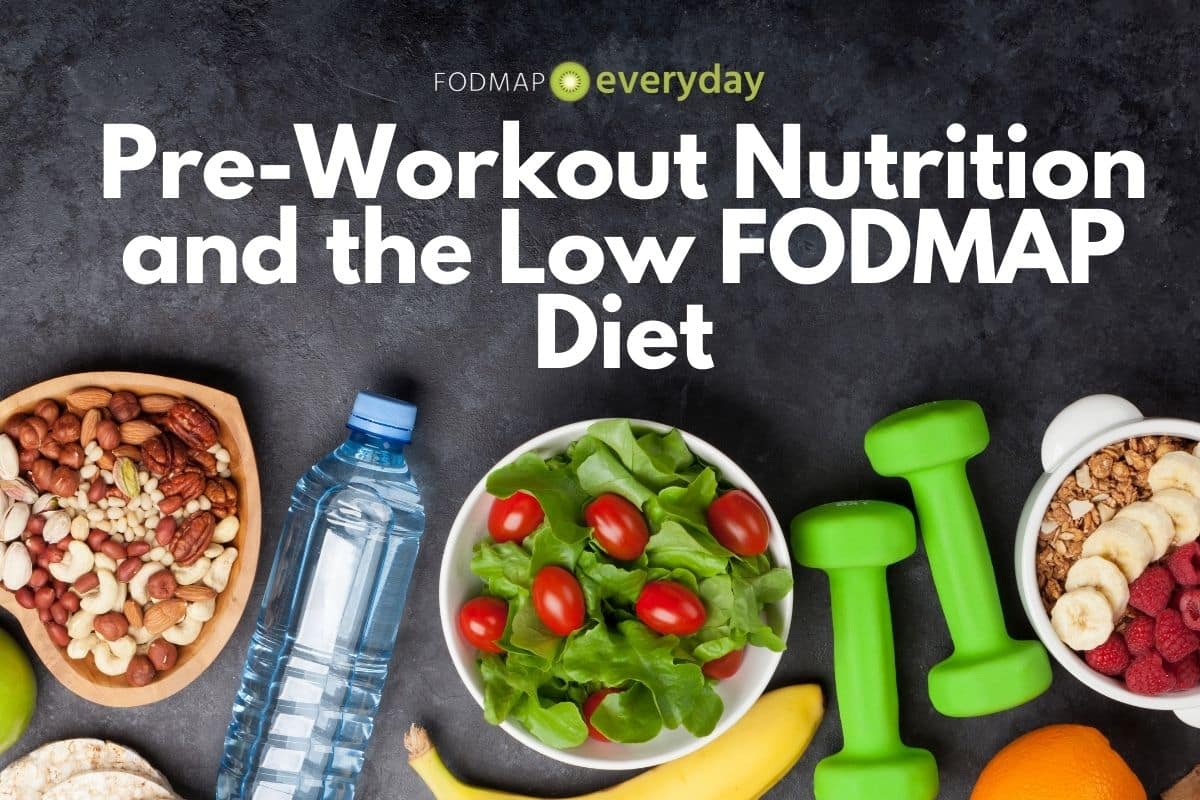
Pre-workout beverages, protein shakes, protein, carbs…. What’s best to consume before a workout? And what won’t trigger irritable bowel syndrome (IBS) symptoms? This article is specifically about Pre-Workout Nutrition and the low FODMAP diet, as well as for those who are everyday athletes and gym-goers. Read Pre-Workout Nutrition and the Low FODMAP Diet
Post-Workout Nutrition And The Low FODMAP Diet
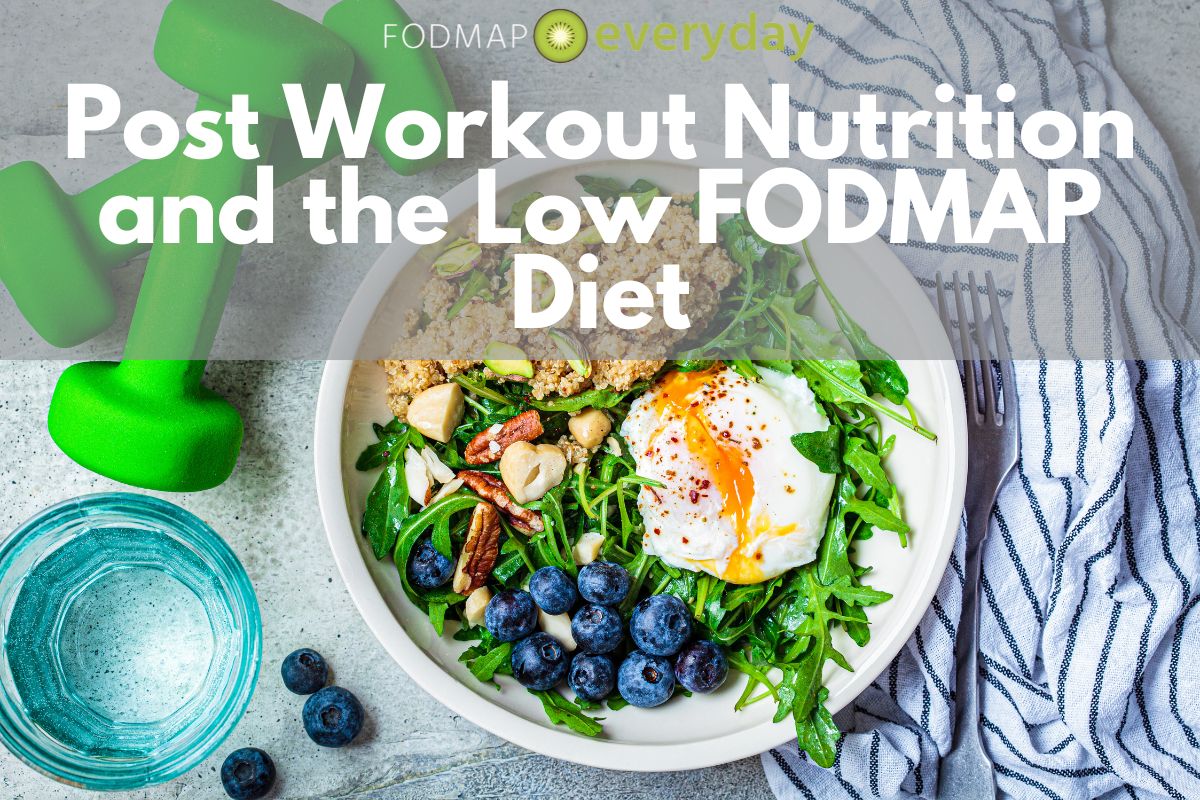
Post-workout nutrition is key, and we have specific suggestions for those following the low FODMAP diet.
If you’re an active individual who dedicates your time to training and structured workouts, something tells me you likely want to reap the benefits of your training by gaining strength, speed and performance improvements over time. Read Post-Workout Nutrition And The Low FODMAP Diet
How To Fuel When You Have IBS: All About Low FODMAP Sport Gels, Sport Drinks & Snacks

If you have IBS or a sensitive gut and practice sports of extended duration such as endurance running, swimming or cycling, triathlon, hiking or team sports like soccer and hockey, you might find it hard to find sport drinks, gels, bars or snacks that you can tolerate during exercise. Read How To Fuel When You Have IBS: All About Low FODMAP Sport Gels, Sport Drinks & Snacks
